Plain printed decorative paper stands out in the world of interior design for its striking simplicity, characterized by a single, pure color that creates a clean and fresh aesthetic. Its versatility allows it to be used in a variety of applications, from furniture to wall panels, providing an impactful backdrop for any design scheme. One of the intriguing aspects of this decorative medium is the possibility of printing on it using various techniques, each of which can significantly influence the final product's quality and appearance.
Printing techniques such as digital printing, flexography, offset printing, and screen printing each bring unique characteristics to plain printed decorative paper. Digital printing, known for its ability to produce high-quality images with precise detail, is especially favored for short runs and custom designs. This method allows for the application of vivid colors and intricate graphics directly onto the paper, enhancing its visual appeal while maintaining the sharp and full effect that plain colors provide. However, the quality of the finished product depends heavily on the type of inks and printers used; high-quality inks yield better color saturation and longevity, while low-quality options can lead to fading or smudging over time.
On the other hand, flexography is a technique that employs flexible relief plates to transfer ink onto the paper. It is particularly effective for large-scale production runs and offers a balance between speed and quality. This method is well-suited for printing solid colors and can achieve excellent results with vibrant hues. Nevertheless, the setup process for flexography can be more complex, making it less ideal for small batches or custom orders. Offset printing, another popular technique, uses plates to transfer ink to the paper. This method is highly regarded for its ability to produce consistent, high-quality prints across large quantities. While it excels in color reproduction, offset printing may not be as cost-effective for smaller projects, as the initial setup costs can be substantial.
Screen printing, while traditionally used for textiles, can also be applied to decorative paper. This technique allows for thick layers of ink, creating a unique texture and vibrancy. Screen printing can yield stunning results with bold colors and designs; however, it is typically more labor-intensive and less suitable for intricate details compared to digital printing. Each of these methods has its strengths and weaknesses, and the choice of technique often depends on factors such as project scale, desired aesthetics, and budget considerations.

The effects of these printing techniques on the final product are multifaceted. For instance, a digitally printed plain decorative paper might feature a smooth surface with vibrant colors that capture light beautifully, enhancing the overall aesthetic. In contrast, flexography may produce a slightly textured feel, adding depth to the appearance. Regardless of the method chosen, it is crucial to consider the weight and thickness of the decorative paper, as these factors can also affect how the ink adheres and the overall durability of the final product. A thicker paper may offer better support for vibrant colors, while thinner options may require careful handling to avoid damage.
Plain printed decorative paper offers a canvas for creativity, and the ability to print on it using various techniques opens up exciting possibilities for designers and consumers alike. Each printing method brings its own unique characteristics that can enhance the quality and appearance of the paper, allowing it to maintain its striking simplicity while adding personal flair. Whether through digital precision or the bold touch of screen printing, the journey from a simple color to a stunning decorative solution is both an art and a science, ensuring that plain printed decorative paper remains a staple in modern design.


 English
English русский
русский











